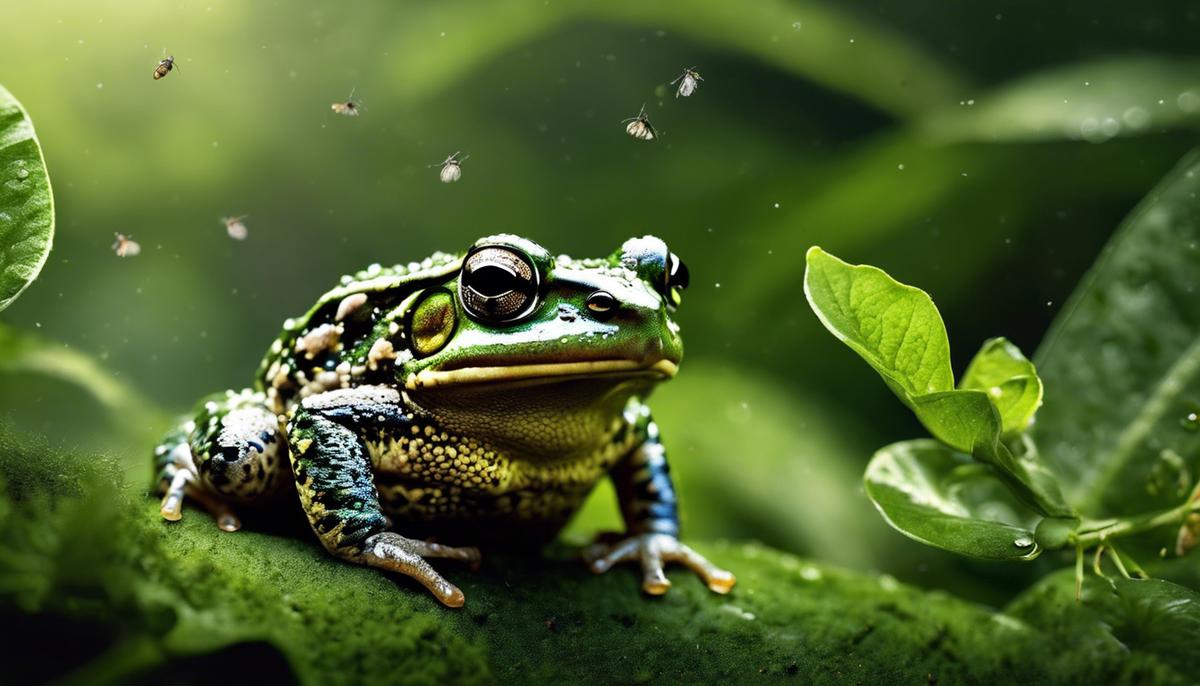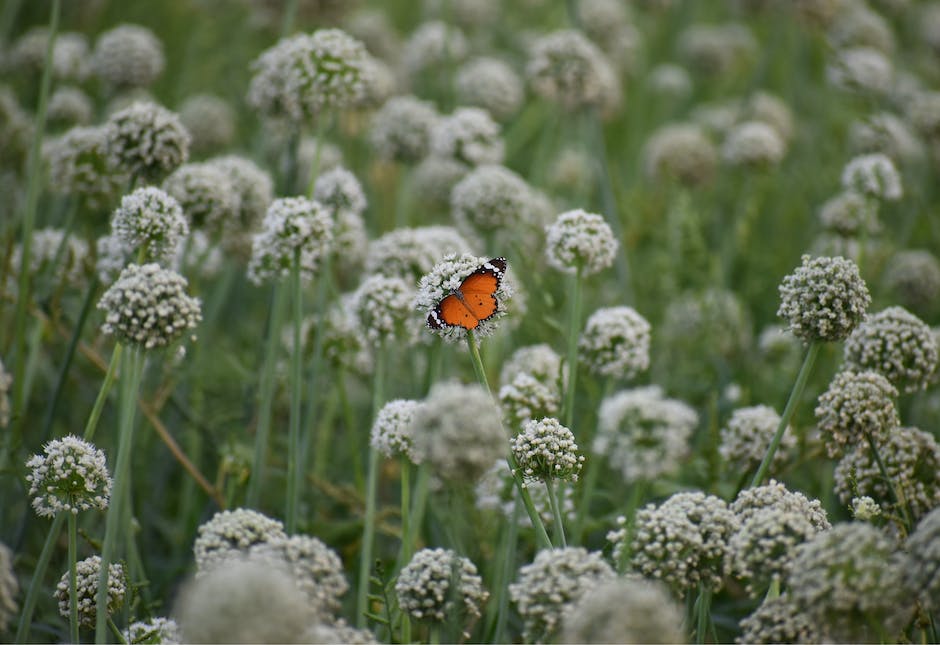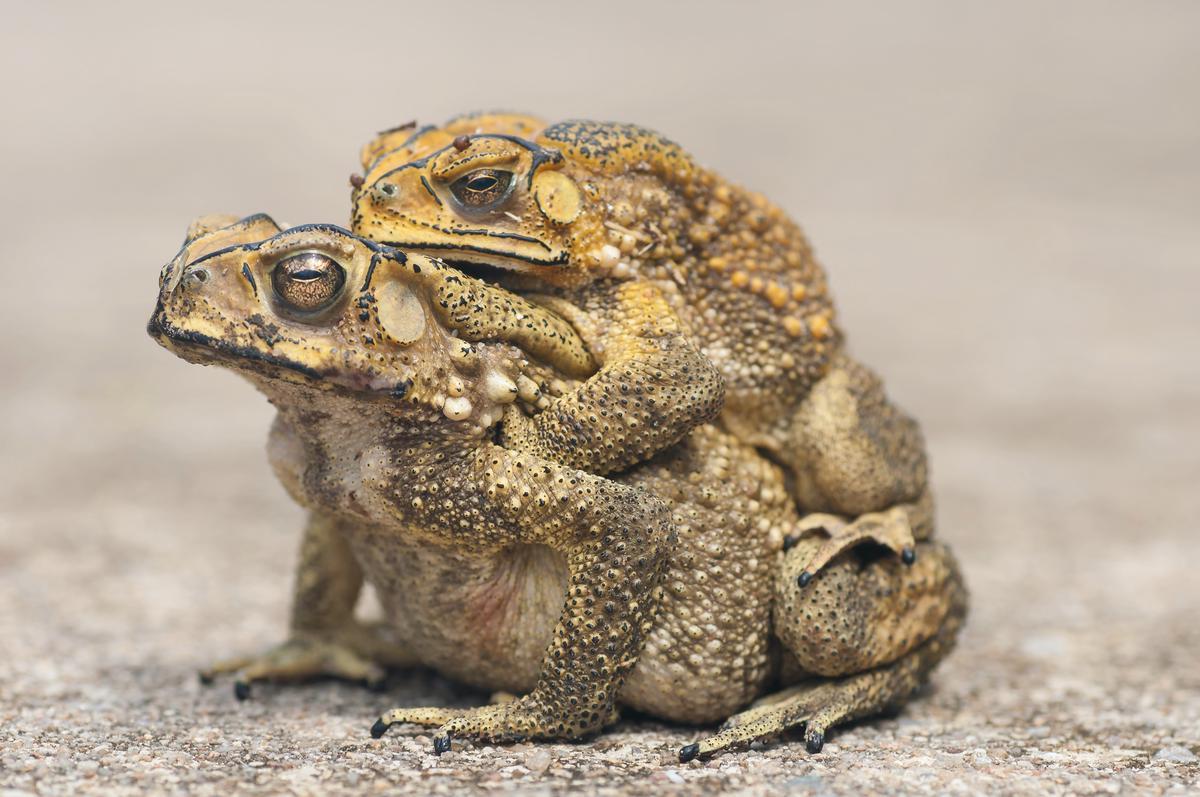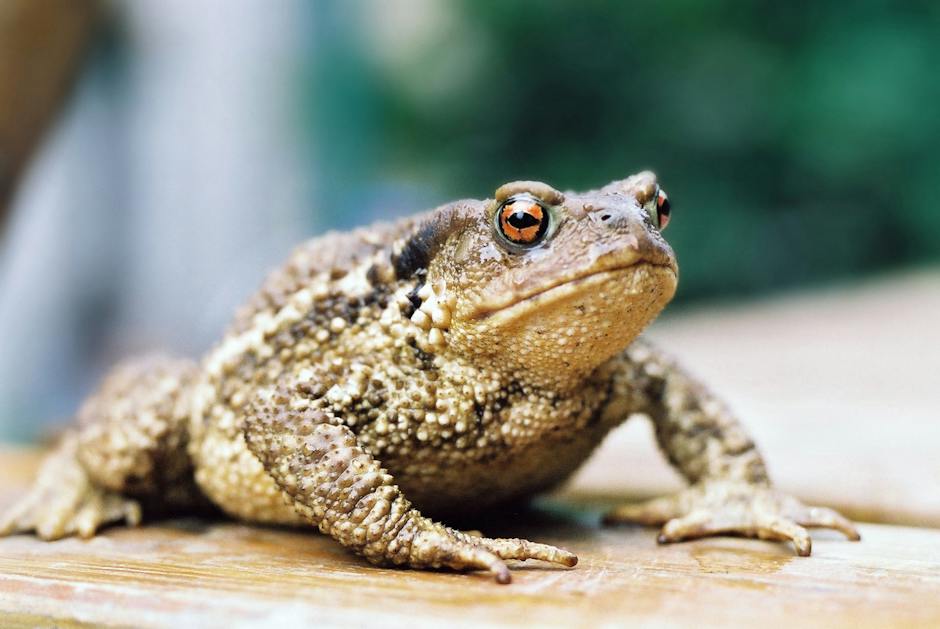Effective Strategies to Get Rid of Toads

Nuisance wildlife ain’t a walk in the park when it comes to maintaining a healthy ecosystem in your backyard. An exponential increase in toad population can be cumbersome, proving detrimental to your outdoor activities and pets’ safety. Hence, it becomes crucial to bid them adieu, but the essential question is: How do you get rid of toads? In our discussion, we will first delve into understanding the habits of toads and what attracts them to your vicinity. This exploration will lay the groundwork for preventive measures that can be implemented. Alongside, a walk-through DIY toad deterrents, that can be concocted from everyday household items, will be presented. Instances may arise when the toad population grows beyond one’s control, calling for professional toad removal services. Remember, knowledge is your best tool. By understanding the lifestyles and preferences of these small amphibians, you can reduce their population to a manageable size or deter them from colonizing in your space.
Understanding Toads Habits
Welcome, fellow toad enthusiasts, to a wonderful web of wetland whimsy! It’s time to deep dive into the intriguing world of these fascinating amphibians.
Toads, with their captivating charms, are more than just storybook critters or fairy-tale spell misfortunes; they’re creatures of habit, possessing an array of behaviors and routines that make them enigmatically alluring to amateur herpetologists and hobbyists. Now, let’s unravel these habits and behaviors that lead them to our backyards and gardens!
1. The Love for Humidity
Toads, predominantly, are water-loving creatures and their constant longing for a damp, humid environment is a defining feature. Their skin needs constant moisture to breathe and regulate their temperature, which is why places with a surplus of humidity, such as wetlands, marshes, or even your garden sprinklers, are a toad’s paradise.
2. Nocturnal Nature
Ever spotted a toad basking in the afternoon sun? Probably not. These round, bumpy creatures are evening enthusiasts. At night, their world truly comes alive – hopping around, eating, and socializing.
3. The Hunt for Food
Toads are carnivores and will feast on anything from grubs to slugs, spiders, and worms. If your area is abundant in such fare, it’s like an all-you-can-eat buffet for our hopping friends. Remember, they are excellent pest controllers, so let them dine to their hearts’ content.
4. Toads and Terrains
Toads aren’t very picky when choosing their terrestrial homes. They love loose, damp soil where they can easily burrow and protect themselves from predators and harsh weather. If your property has lots of garden beds, compost heaps, or shady undergrowth, get ready to host some toad tenants.
5. Breeding Behavior
Providing a water source could inevitably lead to a toad takeover in your locale. Spring and summer are when toads are most eager to mate, often choosing shallow, still waters for spawning. If your yard features a pond or a water-filled ditch, it might just turn into a love sanctuary for these critters!
6. Fear of Predators
Toads, unfortunately, find themselves on the menu for many predators. Restricting access for these predators, such as cats or foxes, can make your yard appear safer, and therefore, more attractive to toads.
Unraveling the habits of toads and understanding what attracts them to your property can be beneficial for both the toads and us, as nature enthusiasts. It aids in making our surroundings more wildlife-friendly, contributing to the conservation of these delicate creatures. So, let’s appreciate our toads and strive to learn more about their behaviors and habits. After all, their distinct, bumpy presence in our gardens is a testament to how marvelously diverse nature is, right in our backyards.

DIY Toad Deterrents
Unleash Your Green Thumb: Craft Home-Made Deterrents to Keep Toads at Bay
An important aspect of any gardening endeavor is to maintain the ecological balance while partaking in this nature-loving hobby. Sometimes wildlife, such as toads, can become pesky intruders. Given their affinity for moisture and darkness, and their persistent quest for food, giving these amphibious guests the boot can be somewhat challenging. Let’s explore a fungible basin of home-made remedies to prevent toad infestations in your beloved green space.
- Citrus Fruits as Deterrents
- Homemade Toad Traps
- Spray and Shine
- Spicy Essential Oils
- Predator Decoys
Toads are aversive to the zesty scent of citrus fruits such as lemons or oranges. A quick DIY method is to chop these fruits and scatter them around the potential hiding spots in the garden. This inexpensive method could serve as a natural repellent, keeping your adorable garden off-limits to these stout critters.
Another handy trick to shoo the toads away is creating homemade traps. Utilize a deep, straight-sided container, bury it in your garden with the rim leveled to the ground. Toads hopping around could fall into the trap, and you can later release them far away from your garden. Make sure to check these traps daily though!
Given their nocturnal habits, toads are not big fans of bright lights. Installing motion-activated lighting around your garden will help deter toads without spoiling the night-time aesthetics of your garden. Also, a daily end-of-day blast of cold water from a hose or sprinkler can discourage them as they cannot tolerate temperature changes.
Toads are also repulsed by strong spices. A natural home-made deterrent can be easily created using water and essential oils. Using oils such as cinnamon, tea tree, or peppermint, simply add a few drops to a spray bottle of water and spray generously on your garden areas. This not only wards off toads but fills your garden with a pleasant aroma too.
Toads are survivalists with a keen sense of danger. Having decoys of birds or snakes, their natural predators, around your garden can help ward them off. A DIY route can be painting rocks to resemble these predators or using creative garden decor to mimic these creatures.
Remember, the objective is to deter the toads not harm them. These methods will help keep a symbiotic relationship between your gardening hobby and the local ecology. So, garden lovers, roll up your sleeves and let your gardens thrive sans the toad invasion. Happy Gardening!

Photo by thom_oxford on Unsplash
Professional Toad Removal Services
Deciding When to Turn the Toad Task Over to a Pro
Once understanding the intrinsic nature of toads — their love for dampness, bustling night-time routines, foraging activities, preferred terrain types, breeding tendencies, and predator fears — it becomes easier to deter these amphibious creatures by deploying strategies like citrus fruits, ingenious homemade traps, and use of certain spicy essential oils. Even tricks like motion-activated lighting sprinklers or predator decoys can work wonders in managing minor infestations. After all, with patience and a bit of creativity, it’s possible to forge a harmonious coexistence with these natural garden dwellers.
But when do the living conditions get a tad too toady? When the situation spirals to a point where it upsets this ‘gardenful’ harmony? Let’s delve into scenarios that warrant serious consideration for hiring a professional to bid the toads goodbye.
Presence of Poisonous Species:
Here’s the crux – not all toads are benign little beings. Identifying poisonous species like the Colorado River Toad or the Cane toad, particularly noted for their toxic secretions, demands adept knowledge. For those who aren’t amphibian aficionados or lack in-depth toad understanding, professional help becomes crucial in such situations.
Overpopulation:
Despite best efforts, if a garden’s ambiance struggles under a toad takeover, it’s a clear sign for intervention. An exuberant toad population overrun can gradually degrade outdoor resources, spoil yard aesthetics, and disturb the overall ecosystem balance.
Recurring Infestations:
If toads keep coming back despite implementing all possible home remedies, it’s fair to deduce that the situation has overstepped amateur handling. Persistent infestations usually hint at a deeper, underlying problem attracting these creatures, demanding professional scrutiny and action.
Risk to Pets:
Given the potential toxicity of certain toad species, the risk to pets bodes genuine concern. Animals showing an unhealthy interest in toads, may inadvertently invite health hazards. The situation warrants immediate expert attention for both pet safety and effective toad management.
Structural Damage:
Toads are pretty skilled diggers, their burrowing habits can compromise the foundation of structures like sheds, pathways, or decking areas. When such destructive activity is suspected, count on professional hands to steer the situation.
In essence, the tenacity of the toad problem, risks involved, and the effectiveness of DIY remedies, all factor into making the decision to involve a specialist. It’s always a matter of balancing personal abilities and knowledge against the level of infestations, risks, and potential damage. And while these fascinating creatures do their bit in maintaining a pest-free garden, remember, it’s your peace of mind that prevails – after all, it’s your gardenful heaven.

In a delicate balance of ecosystem, every creature, even the seemingly troublesome toads have a role to play. Getting enlightened about their habits will undoubtedly equip you with the right tools for prevention. Along with the DIY deterrents that can be prepared at home, you’ll not only save your sanctuary from the toads but also retain the natural harmony. Lastly, it’s important to remember that not all battles need to be fought solo. There will be times when the situation will necessitate the intervention of professional toad removal services. By acknowledging this, we not only ensure timely action to mitigate any toad invasion but also aids in conserving bio-diversity. Remember, the key lies in coexistence, not elimination. So, let’s work together in embracing these measures.



